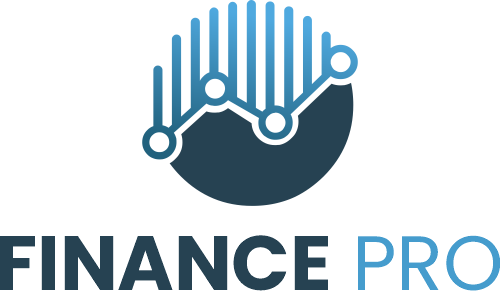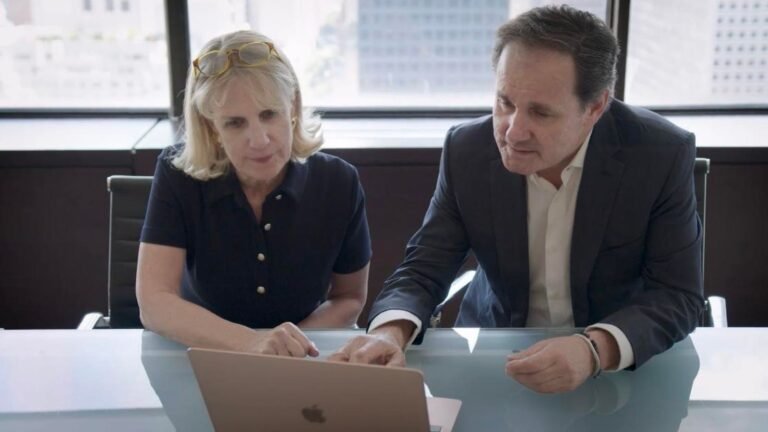Elizabeth von Habsburg and Nanne Dekking
When Dutch-born Nanne Dekking came to New York in 1996, he quickly realized he needed to be “nimble.” The humble portrait specialist surprised even himself when he found himself getting to the root of problems with provenance (painting origins, particularly in the wake of Nazi seizures during World War II), eager to share the core truth beyond his own research. In the more traditional art world before today’s technology, provenance was exceedingly subjective and hard to trace, but Dekking found himself drawn to the world of blockchain, later encrypting old master artworks as NFTs through his own company, Artory.
NFTs took on a new energy when they started becoming group-shares. Investors could buy a fraction of a masterwork as part of a collective, interactive ownership community on the blockchain. Places like OpenSea continued to fractionalize digital, cryptocurrency fueled NFT artworks like Cryptopunks, whereas a regular artwork was traditionally owned by one collection at a time.
“You can buy an NFT,” Dekking explained, “But most likely you would open it up to many people to buy a share in the NFT.”
Of course, the NFT market has its problems. The boom-and-bust mentality is taking a toll on NFT sales, and many worry that the cryptocurrency craze and its impact on art will be looked back on as a passing fad. Dekking prefers to see the situation more practically.
“The greatest impediment to widespread adoption of digital assets is a lack of quality tokenized products supported by institutional-quality infrastructure. Besides, the regulated trading opportunities for tokens are still very limited,” Dekking continued, “You can trade in Switzerland, or you can trade in Singapore, so the scalability is not yet there, and you need the velocity of a global market to take off. People most likely sit on their shares because there’s not much they can do, and that creates stagnation.”
Conversely, traditional artworks are not always beholden to a sole owner as previously thought. Dekking relies on the same nimble mentality that has allowed him to thrive in New York for 25 years, falling back on what continues to work.
“Always try to look at the traditional market,” he said, “What’s successful there? Success means there’s credible information. Success means the artwork has been publicly displayed. Success means really great scholars endorse the value of the market player, et cetera. So let’s start with those works, if you want to start to fractionalize.”
In 2022, Artory partnered with Winston Art Group on a joint venture to fractionalize and tokenize artworks for as little as $250 stakes (as well as to create larger ticket-size art funds for accredited investors). Winston’s Elizabeth von Habsburg has been in the art advisory business for 30 years, so Dekking and she have been able to combine their existing trust with a new wave of art savvy.
Ethically speaking, Dekking is always a traditionalist and a purist, falling back on the power of transparency as an antidote to corruption.
“I can’t help the cagey quasi-fraudulent collector…sorry,” he said matter-of-factly. “You either make the artwork tradable, or you fractionalize it, tokenize it, and make the tokens tradable. That’s completely transparent. Otherwise, the market won’t take off.”
Dekking clarified that sellers and investors drawn to transparency are more ethical, “Because in a public trading channel, a red flag would be discovered by someone, which I think is great. Ultimately, it becomes more complicated to be fraudulent if more people would use these systems.”
Opacity is the biggest complaint against Masterworks, arguably the highest-grossing partial share company in art market history. Founded in 2017, Masterworks had raised $110 million in capital funding by 2021 and spent $475 million by May. The model seemed groundbreaking: fractional stakes for non-art experts in masterpiece, high-value paintings. After all, art was outperforming the S&P 500. Anyone, art lover or not, could benefit from these high returns.
But Masterworks has hit a disastrous streak. A December 27th article by ArtNews reporter Angelica Villa chronicled what was deemed to be the “rocky” complicated and fraught internal realities of the platform, echoed by others who have worked at the company. Interpersonally, damning allegations of unlawful racism, sexism, and homophobia in a “cultish” cis-male hetero environment present intense challenges, internally, legally, and going forward.
The company has chosen not to formally respond to Villa’s piece (which was on their radar since it was begun in February 2022), although it is believed they presented 25 employee testimonials to rebut what was viewed as a skewed piece determinedly against company culture, none of which were used.
Further to the socially fraught infrastructure, Villa’s article highlights that FINRA licensing and legal financial structures were allegedly bent to meet moving sales quota targets, exposing the challenges of bringing new clients on board, and the mounting pressures of sales structure. The same opacity around what was being bought and sold at the higher levels of investor portfolios is said to have applied to salaries, promotion structures, and finally the future of the company.
Speaking of all these factors, one employee synthesized, “It had nothing to do with finance and had nothing to do with art, but it was a revenue-generating model. The idea is great, but the ethics of the why are pushing it into the ground.”
Despite the controversies, the best of Masterworks’ model has served as a template to those more motivated by best practices and ethics.
Ilya Torgovnikov, London-based co-founder of LISA Foundation in 2021, is enthusiastic about collective ownership, especially of artworks in museum collections and those from emerging artists.
LISA is interested in democratizing the art space.
“We want to make collective ownership available to every gallery, artist, auction house and collector,” Torgovnikov said. “If you’re an emerging curator of ultra-contemporary or an established collector of old masters, we want you to have this tool to foster a community of like-minded people, build more significant collections, and shape the future of collective culture.”
Prior to the damning article, Torgovnikov used Masterworks as an explainer for his business model. “The way [Masterworks] does it is to control the supply. They have an 11% acquisition fee even before releasing artwork to their own investors and a 20% fee when selling artwork. Some people feel locked in because they don’t have a strong secondary market. They don’t feel like they can leave the work when they want to, and they don’t have full control over what to sell and what to buy. If they want to invest in a queer artist or a textile artist, it’s hard to say, ‘Hey Masterworks, can we do something like this?’”
LISA Foundation began when Torgovnikov and his business partner Ivan Folin were thinking about the “incredible assets” housed by museums, and the untapped value they could release with shared ownership. Instead, museums are beholden to the public and governments for funding.
Economically, however, the ideals of community sharing are faltering against museum bureaucracy, and LISA has instead eagerly pivoted to sharing in the private sector.
“As a startup, you just cannot afford that,” he said of the longer-term museum view. “…We still very much aspire to this idea and want to come back to it…It’s an incredible opportunity.”
Nevertheless, the partial-share model will endure, even as companies like Masterworks and the much smaller LISA Foundation are still looking at the theory to put it into practice.
“The fundamental thing about technology is it allows people to win by enabling and not restricting,” Torgovnikov said. “…We have some quite brutal conversations on finance, how markets and royalties should work, et cetera.”
Torgovnikov and company representatives believe that a “fair secondary market” would allow collective owners to avoid ever actually selling physical artworks. The immediacy of the transaction is comparable to a bank. Instead, they could remain on permanent public display, lent only for exhibitions.

